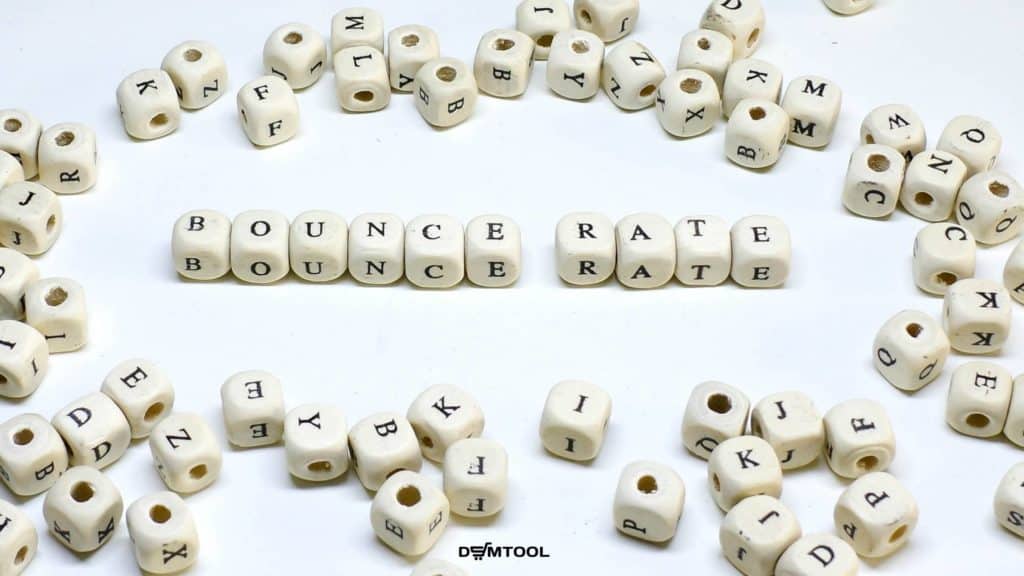When it comes to running a successful e-commerce business, you have to handle a lot of responsibilities and be bold in many areas, from your marketing campaigns to your customer communications.
It’s also vital to keep your bounce rate as low as possible. For the uninitiated, bounce rate refers to the percentage of users who enter your site and then leave, rather than visiting other pages or making purchases.
It basically shows how often people exit your site without showing additional interest in whatever you have to offer, and it’s always an important metric, regardless of whether you’re selling products on Shopify, offering a custom essay writing service, or providing professional cyber-security services.
This guide will cover some tips and tricks to help lower your bounce rate on eCommerce and get more people clicking around your site and, ultimately, making purchases.
Best ways to lower a bounce rate on eCommerce

1. Improve the UX
One of the most obvious and effective ways to reduce bounce rate is to actually improve the UX or user experience on your site. Naturally, if people find your site more pleasant and enjoyable to use, they’ll be more likely to stick around and find out more.
There are all kinds of ways you can do this, but one of the best methods is to take a look at your site design and find areas for improvement. Ensure that the design is appealing and attractive, but also functional, with clearly marked buttons and categories for simple navigation.

2. Make it Mobile-Friendly
It doesn’t matter whether they’re looking for eco-friendly products or household appliances, people do a lot of shopping and browsing on their mobile devices like smartphones and tablets nowadays, and you have to be able to meet their needs.
It’s vital to make sure that your site is mobile-friendly, as bounce rates can be hugely affected by mobile users who simply find that the site in question hasn’t been optimized for their devices and smaller screens.
3. Update product information
It’s been proven that the average consumer checks at least three websites before making a big purchase. Not only do they compare prices on different platforms, but they also read product information carefully in order to make an informed decision.
To improve the customer experience and turn visitors into customers, make sure all your product descriptions are up-to-date. Each product should also include high-quality images or videos. If you already have more than a thousand products and plan to grow your e-commerce business, consider creating a “single source of truth” that can be established with the product information management system. With centralized data, you can update product attributes in bulk and create different variants of a product in order to reduce the bounce rate.
4. Boost the Speed
In today’s world, people want things quickly. They want fast delivery of the products they purchase, rapid responses to their requests, and fast-loading websites as well.
It’s vital that your site’s pages load within just a couple of seconds to allow the user to take a look around and get on with their day, and people will be much more likely to bounce away if the site is slow. Check out WordPress plugins and optimization methods to improve your site’s load times. Besides, make sure you do a deep WordPress hosting comparison for better security measures.
5. Keep it Relevant
If you’re running an e-commerce business, you’re probably already very familiar with the concepts of content marketing and SEO, and you may have many posts and pages on your site with keywords in order to boost your Google rankings and get more clicks.
However, it’s important to make sure that the keywords you’re using are truly relevant to the products and services you have to offer. If a site ranks highly for a term like an essay writer, for example, but doesn’t actually provide those sorts of services, it might have a high bounce rate due to disappointed users.

6. Meta Descriptions Matter
Meta descriptions are small snippets of text, usually up to 155 characters in length, which appear in Google listings below your page names. They serve to provide a summary of the page’s content and entice people to click. They’re very important for SEO purposes, and it’s vital to get them right.
Firstly, make sure that you stick to the character limit because any text beyond that limit won’t even appear on Google’s pages. Next, make sure the content is relevant and interesting, and try to include a call to action to get people clicking.
Learn about eCommerce SEO in our Boost Your Sales with Shopify SEO: A Step-by-Step Guide for Beginners.
7. Use Effective Calls to Action
A call to action or CTA is a phrase that encourages users to take a certain action, like clicking on a link, adding a product to their basket, or browsing a certain page on the site. CTAs are really important aspects of effective site design, and they need to be well-written in order to actually have an effect.
You can find guides online to help you write an effective call to action, and you should always make sure that the CTAs are relevant to your content when you’re running a general store or a niche store.
8. SSL encryption
SSL encryption provides the utmost security on your website for data protection. The data shared on the website between the browser and the server will remain encrypted. It reduces insecure warnings generally displayed by the browser while browsing HTTP sites.
When customers see that the site has HTTPS enables their confidence level boosts up and they are likely to deal with the website in a secure way. More customers mean more profit.
SSL certificate comes in different variants including single domain, cheap wildcard SSL, multiple domains certificates. All these certs are available at the lowest price from reputed resellers. You will have strong security at discounted price for website security.
Final Word
Getting the bounce rate down on eCommerce store or for your posts and pages can feel like a challenge at first, but with these tips, you can gradually start to reduce that rate and encourage more and more users to stick around on your site and find out more about your brand.
About the Author:
John Peterson is a journalist with 4 years experience working at the London magazine “Shop&Buy”. He is a professional mini-tennis player and has written a novel entitled “His Heart”. You can find him on Facebook.

